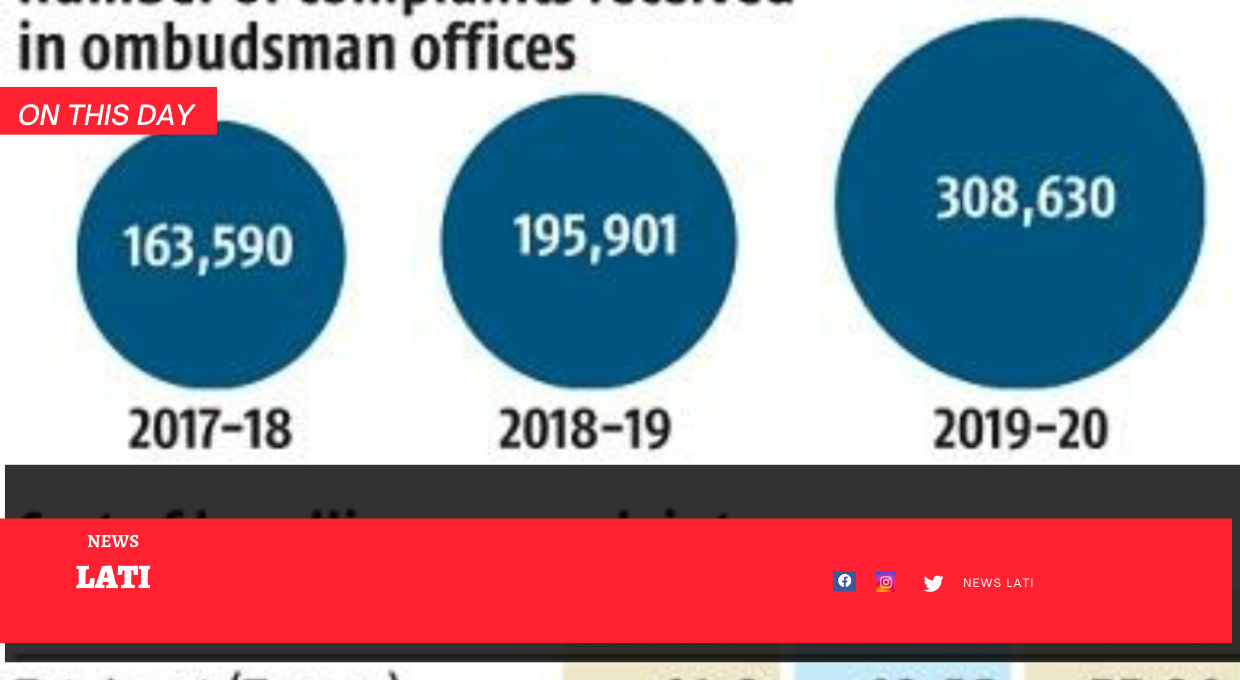Complaints registered against banks and mobile banking to RBI soar.

The Reserve Bank of India (RBI) on Monday released the annual report of its Ombudsman Scheme. For the first time, the central bank is merging all its ombudsman offices that used to separately cater to banking, non-bank, and online payments complaints into one unified scheme. The report covers the period between July 1, 2019, and June 30, 2020.
There was an increase of 64.97 per cent in the receipt of complaints under the three ombudsman schemes, from 200,362 in 2018-19 to 330,543 in 2019-20. Of these, 86.19 per cent were received electronically and via email.
Disposal rate of more than 92 per cent was achieved, according to the RBI. The report said 72.27 per cent of the maintainable complaints were resolved through mediation and conciliation. The major grounds of complaints were ATM/debit card related, on mobile/electronic banking, and non-observance of fair practices code.
What is Ombudsman Scheme?
The Banking Ombudsman Scheme was implemented by the RBI to redress the complaints of customers on certain types of banking services provided by banks and to facilitate the settlement of those complaints.
The scheme was introduced under the Banking Regulation Act of 1949 by RBI with effect from 1995. Later it was legally refined and modified through the introduction of regulations under Banking Ombudsman Scheme 2006. The latest revision was made in 2017.
The north zone complained the most, with 42.63 per cent of total received coming from there. Most of the complaints originated from metropolitan areas, accounting for nearly half of in 2019-20, according to the RBI’s report.
